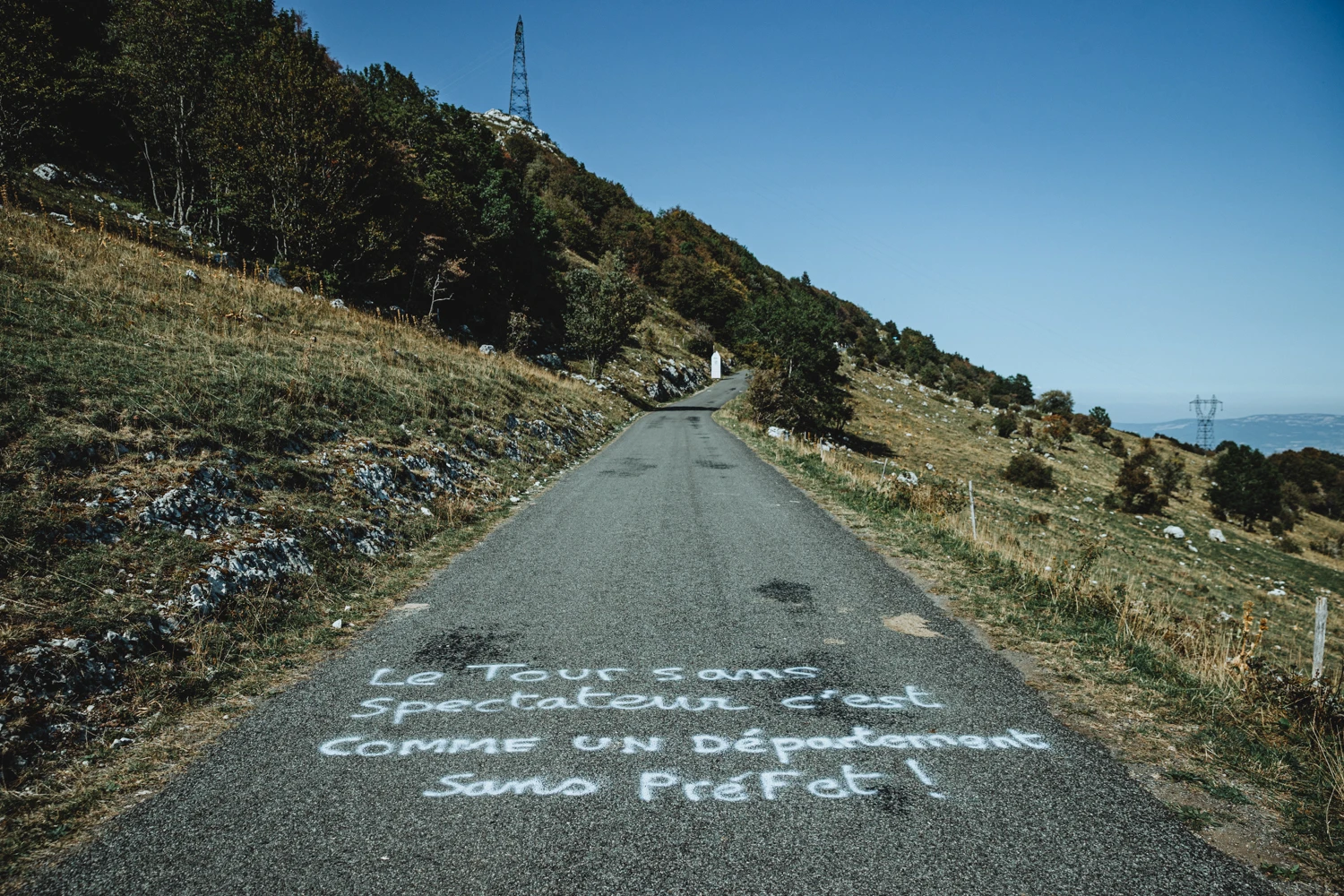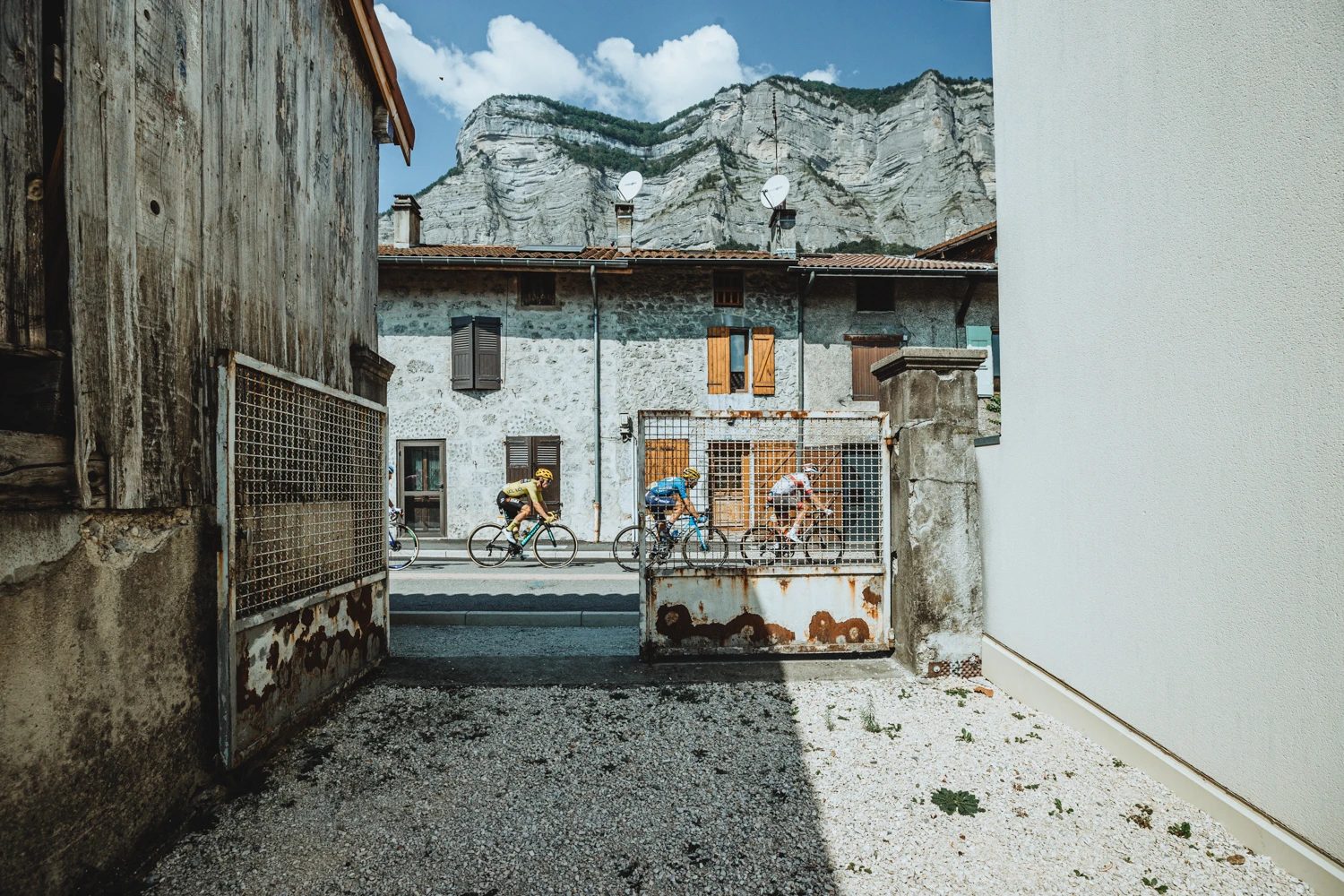Words: Tom Southam
Images: Chris Auld
Many had hoped bike racing would be pretty much back to normal in 2021. Instead, while normal life in Europe still seems like a distant memory, the racing season finds itself coughing and spluttering its way into being.
Things haven’t been so bad in the Southern Hemisphere: there has been bike racing at least. From my home, in Melbourne, I happily tuned into the Tour Down Under replacement event last week. The crowds certainly weren’t out, but the quality of the TV production was exceptionally high and that made watching the local guys pretty good.
The unpredictable nature of the lower tier racing was, in fact, a little more dramatic on occasion. Chris Harper – then fourth on G.C. – taking off down the road in a two-man break at the start of stage two, was the sort of devil-may-care attack people pine for, but would simply never see, in a World Tour race.

In Europe and the rest of the world, things aren’t quite so simple. While the Aussie and New Zealand races lack international competitors, the rest of the world faces competitions cancelling one after another.
The problem, in my eyes, is that the races are having to do so piecemeal – without any collective decision to push the calendar back until a time it is safer to race.
Currently, the major issue isn’t the risk of infection nor is it that there will be no races, rather it’s the most likely scenario: that we have a few races here and there in the midst of a sea of cancellations.
This would mean that we get a fragmented calendar and teams will have to make constant roster changes to try to create some sort of continuity for their riders, and the traditional idea of using races to prepare for bigger races won’t work. Instead, riders will need to be ready to perform with a very different build up. The experiment in the second half of last year proved it was possible – however that was for a few months, not a full season.

This will make for a tough start to the year for teams and riders. Once again riders will have to be mentally agile and flexible enough to remain focused when inevitable changes happen. In 2021 though, I expect cancellations will come much later and be less obvious.
The teams who oversubscribed to races, in the hope that the percentage that go ahead make some semblance of sense, will also have to hope they don’t end up going ahead. This would expose the teams to being very stretched, very early on into what will no doubt be a long year.
Knowing the calendar is not written in stone, while the pandemic rages, is not too dissimilar a situation to most of 2020. If last year did prove one thing it was that, when we needed to, we could create a new calendar focused on the races that mattered most to all parties. Let’s hope we don’t have to scramble to that extent and, after a shaky start the 2021 season, it won’t look too different from what we all imagine by the end of the year.

